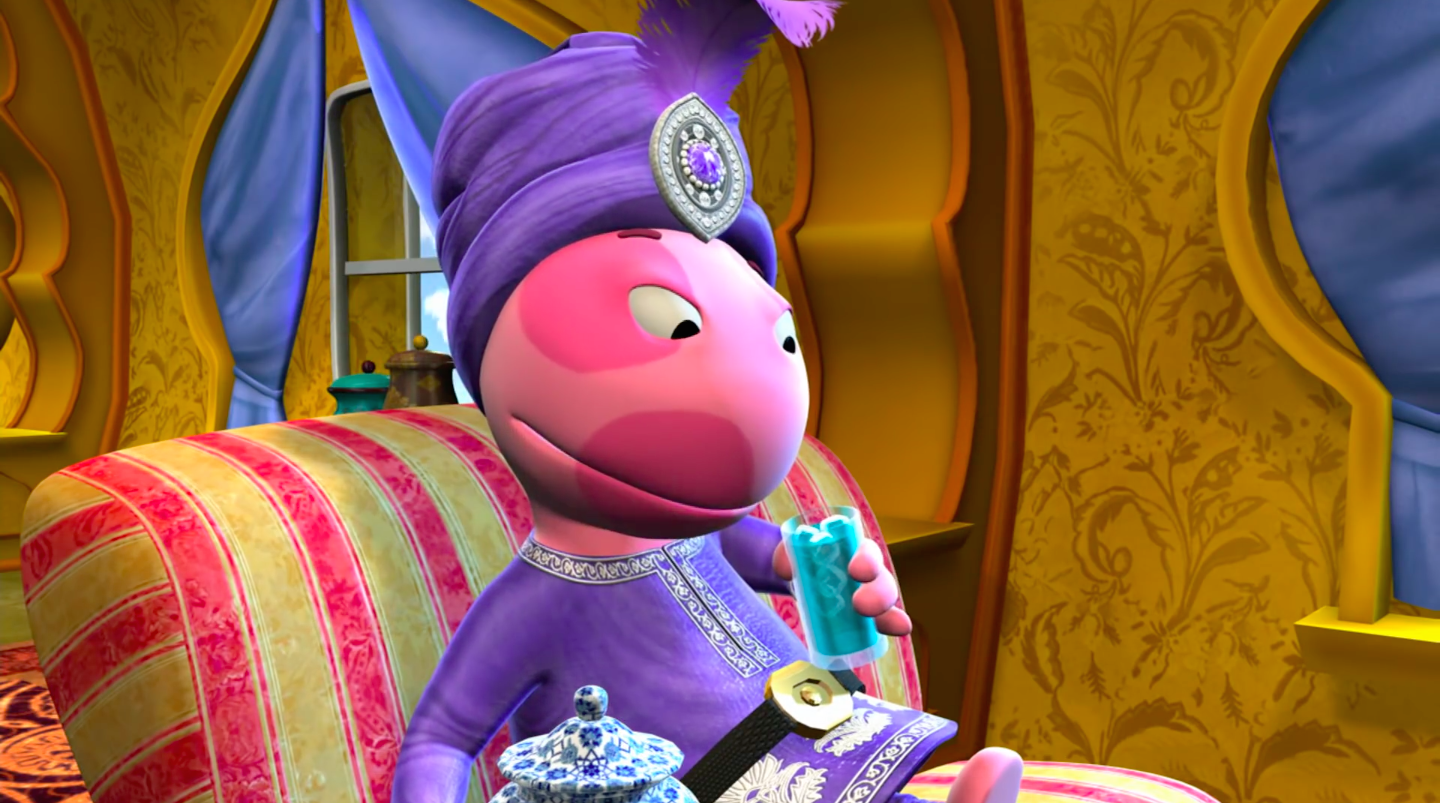

Like any good sequel, Way of the Samurai 2 is a prequel. Way of the Samurai 2 (PlayStation 2, 2003)
WAY OF THE SAMURAI 1 MAIN CHARACTER UPGRADE
There’s a roguelike element where weapons and money you’ve collected carry over to future games, and for completionists, there’s harder difficulties that require you to upgrade your weapons to stand a chance. Key moments move time forward, and different events with different characters are happening around the game’s multiple areas, even if you aren’t there to get involved.
WAY OF THE SAMURAI 1 MAIN CHARACTER FREE
You play a nameless rÅnin in 19th century Japan and are free to drastically change the branching storylines with a single decision or wave of your katana.


The original game introduced an ingenious blend of Bushido Blade and choose your own adventures. To celebrate the release of KATANA KAMI: A Way of the Samurai Story, let’s voyage down memory lane for a quick refresher on the series. Who doesn’t remember the first time you immersed yourself into a riveting drama between warring factions, forged meaningful bonds with complex characters, then randomly attacked said characters because you wanted their fancy sword? This is a sponsored post.Īh, Way of the Samurai. It surely would be a controversial move to bring back two fighters who are as hated as Yun and Yang into Street Fighter 6, but if they're brought in with care and detail to how they impact the rest of the cast, we could see the best versions of these characters we've ever seen to date.This week, Destructoid is made possible by KATANA KAMI: A Way of the Samurai Story, an isometric hack-and-slash dungeon crawler with over 100 different weapons, nine unique fighting styles, co-op, and the series’ patented ability to betray or ally with the game’s three factions. Having Yun turn up as a villain would match his perception in the fighting game community, and give him something new to do in Street Fighter 6 to move the story of the Twin Dragons along further. Yun is already known as an instigator and taunter, and regularly hurls insults (along with his fists) at opponents during a bout. Yang is considerably less hated than Yun, and something Capcom could do to honor this legacy is have Yang stay good, but have Yun turn more to his darker side, even though they've both been good guys in previous games. Making sure dive kicks are accounted for would be a huge priority if these characters are added. However, this has generally been rectified by the development team in Street Fighter 5, where they've put a priority on making each character's normals have a distinct and thoughtful purpose. This was a tremendous problem in both Street Fighter 3 and Street Fighter 4 where some characters outright lacked tools to deal with moves like dive kicks. The key to bringing both characters back however is making their dive kicks balanced, by having viable options for every character to deal with them consistently. These are characters who evoke a visceral response when they come up on screen, and knowing you're about to get into a fight against one of the most hated characters in the entire franchise has a way of upping the hype among the fans, for those who want to see them lose, and those who like to see the "bad guys" win. There are plenty of characters that are beloved in the Street Fighter franchise, but very few good guys who are generally looked upon as villains by the community at large, and Yun and Yang fit the bill there. The case for these two characters making it into the game is to showcase the "community villain" role a bit more and also bring back characters well known for their dive kick prowess. Yang never quite reached the heights of his brother in either game, but was still known to be a very strong character overall in both Street Fighter 3: Third Strike and Super Street Fighter 4: Arcade Edition. Both characters had bonkers moves that gave them clear advantages over the rest of the cast, and lead to five Yun players making it into the top 17 portion of Evo 2011. Fast-forward to late 2010, and both Yun and Yang were made purposefully overpowered by the development team at Capcom, under Yoshinori Ono's direction.


 0 kommentar(er)
0 kommentar(er)
